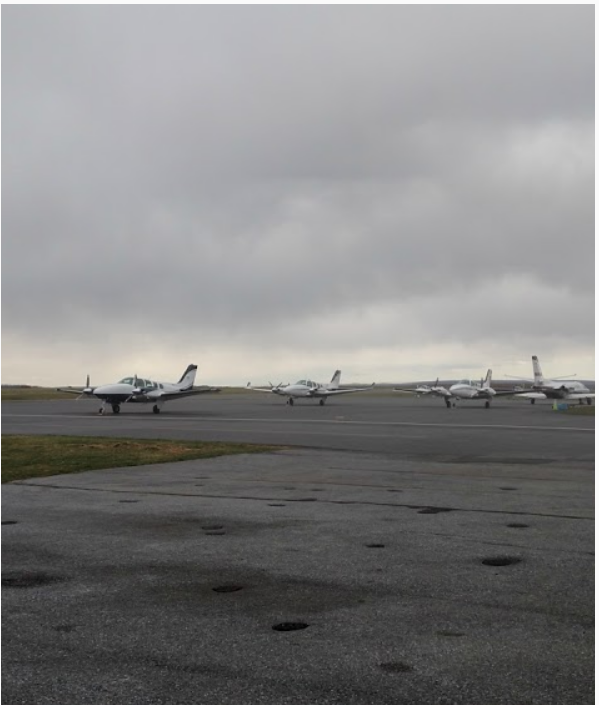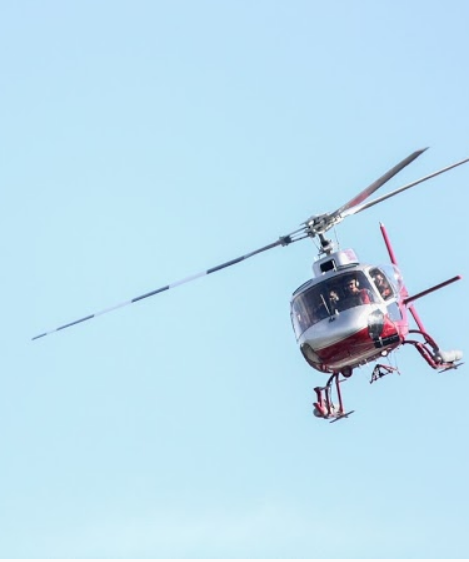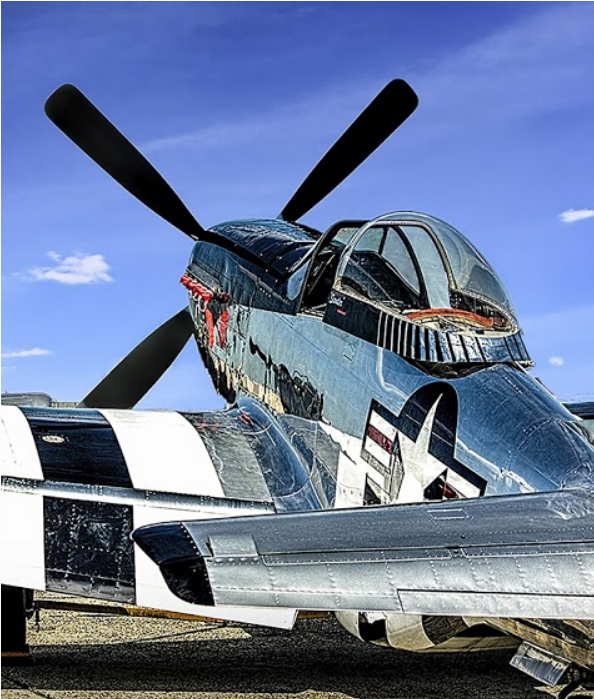How to Buy Used Avionics
Avionics from the past can provide a safe and reliable future. Advances in avionics since 1998 combined with additional advances since 2017 have opened a whole new market in used avionics. As a matter of fact, prior to 1998, we did very little installation work related to Used Avionics. Prior to 1998 it was difficult to find good quality Used Avionics hence why we did such little related work. There is a large select group of aircraft owners who always seem to be “on the cutting edge”. These customers are the Used Avionics purchaser’s best friend. Generally speaking, these customers have newer and more “up-to-date” aircraft and avionics. With the new equipment available today, these customers are removing perfectly good radios to gain more functionality. Why is this important to Used Avionics buyers? It all comes down to one simple fact:
A used radio generally costs the same to install as a new radio!
The value a customer gets by purchasing used equipment comes in the reduced price of the equipment. For years, we shunned away from installing used avionics because if we provided an impeccable installation but the radio was “junk”, the probability of unit failure was high. Despite the good installation, it became a poor reflection on our business. This of course would be an unwarranted reflection but the truth is it happens. However, the used market of today contains a wide variety of used avionics that any reputable shop would be more than willing to install for you because they can maintain their reputation.

Two Reasons Why to Buy Used
- You are looking for a replacement radio of like make and model because your unit is not economical to repair.
a) As a shop, we have to be very careful not to exceed the value of the radio especially when a yellow-tagged used unit is readily available. In many cases, it may be more economical to replace the radio with a like make/model radio rather than repair yours. - Your budget will not allow for new radios but you want/need to upgrade the radios.
a) We have installed complete stacks of good used equipment while saving the customer thousands of dollars. This process can provide the customer with a high level of reliability and years of good service.
- You are looking for a replacement radio of like make and model because your unit is not economical to repair.
What is a used radio?
Quite frankly, it is anything that is not new, however, there is a wide range within the spectrum. Used equipment generally falls in at least one of the following categories:
- Factory Re-Manned/Re-Conditioned – Good buy; usually comes with a 6-12 month warranty.
- Overhauled – Good buy; usually comes with 6-12 month warranty; the term overhauled generally is attached to Instrumentation, Gyros, Servos, Motors, etc.; this term is sometimes applied to avionics which is somewhat misleading because circuitry can’t really be overhauled just repaired or replaced; the term is used in conjunction with Radars that have had the Magnetron replaced or a Transponder that has had the Cavity replaced.
- Yellow-Tagged (Form 8130) – Good buy; usually comes with no warranty to a 6 month warranty; the terms imply that the unit meets or exceeds all specifications as provided by the manufacturer.
- Green-Tagged/Serviceable – Be careful; usually comes with no warranty; term simply means that the unit has not been tested but is expected to be repairable.
- “As-Removed” – Buyer beware! Deals can be found here but as the term implies, it is in the same condition as it was when it was removed from the aircraft.
The best choice with respect to condition and support is the first on the list. Within the remaining 4, there is also a wide variety of “repair” facilities who determine the equipment status. For example, the overhaul process of one shop may be superior to another. The less you know about from whom you are buying, the higher your risk factor. Balance your cost savings to your potential risk to determine the quality of the deal.
How to Buy on your Own
Know the Repercussions (of your purchase with respect to interface in your aircraft) – For example: Some Nav Receivers can’t directly interface to an HSI (a converter is needed). Seek advice before you buy if you are in question.
Get a Visual – Obtain a picture of the equipment if you can’t see it personally. Though you can’t determine the integrity of the circuitry inside the radio, you can get a pretty good idea of what conditions the unit may have been subjected to.
Shelf Life – Some units, such as gyroscopic instruments which have been overhauled, can go bad by simply sitting on the shelf for 6 months. Verify the actual overhaul date.

Going Rate– Know the price that the unit sells for new (or was sold as new). Also educate yourself on typical used pricing if possible. This item has become insanely prevalent in the last couple years with the used GNS/GTN market. I am all for the free market but I have to be honest…these units, more times than not, end up selling for far more than they should be worth. Notice that I said “should be worth”; I say this in its most literal sense. Any item is worth whatever someone is willing to pay for it but that doesn’t mean that the Buyer didn’t over pay. If you over pay, that typical 2yr manufacturer warranty on new equipment may have come in handy. Another related tip is to understand what the costs will be to install the unit before you buy; it would be the 1st time a customer buys a unit then is shocked to hear what it costs to install. Whereas I believe that the old adage “You get what you pay for” has plenty of relevance in this industry when it comes to the installation for these items and the service provided during the process, it doesn’t necessarily hold true in the used equipment market; “Buyer Beware” seems to fit this example much better. As for the Sellers of these units, let me just say congratulations; I sincerely do not begrudge anyone for profiting where they can.

On-line Buying – Remember, this is an auction. It is easy to get wrapped up in the auction game hence forgetting about #4 (Going Rate).
Installation Costs – Inquire about installation costs prior to purchasing. Nothing is more embarrassing than finding out the costs of installation blow your budget after purchase. Also, remember “A Used Radio costs the same to install as a New Radio”. One notable exception is that there are a lot of shops that charge a higher labor rate to install used equipment especially if it is Customer Supplied.
All Associated Parts Included – Know what typically is included in a new unit when buying used. If you purchase a used unit and rack/connectors/pins/etc. are not included, you could find you need several hundred dollars worth of pieces to perform the installation.
Warranty – It is suggested that you insist on a 30 day money-back guarantee in addition to any other warranty provided by the seller. It is also good to have your shop bench check the radio upon receipt to reduce chances of problems found after it is installed.
Check Serial Numbers – This is a tough one. There are “Hot” radios for sale on the internet. A stolen radio can cause you problems down the road. Also, equipment with missing data plates, even if not stolen, may not be able to have maintenance release tags applied even if it meets specifications. Again, Buyer Beware! I suggest obtaining serial numbers and giving them to your shop so they can check with the manufacturer to see if it is on the ‘Hot’ List before purchase!
There are some obvious downsides to used avionics. However, if you use caution blended with your own research (with help from your shop), used avionics can provide you with a reliable and safe flying experience. We hope you find this info helpful. We welcome your comments at sales@lancasteravionics.com